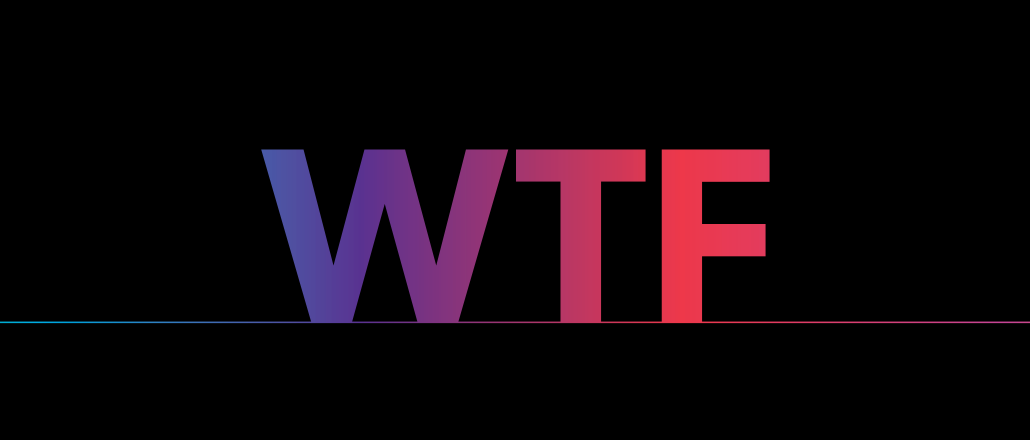Save 50% on a 3-month Digiday+ membership. Ends Dec 5.

This article is a WTF explainer, in which we break down media and marketing’s most confusing terms. More from the series →
Ad tech likes jargon and here comes another one: “VPAID.” VPAID stands for video player ad-serving interface definition. It was first introduced by the Interactive Advertising Bureau back in 2012. While it is not new, it is gaining importance in programmatic today because of its viewability benefits and the rise of video header bidding.
Publishers, video players and ad tech vendors often emphasize that the inability to serve VPAID ad formats could result in a loss in ad revenues. But what exactly is VPAID? Here’s an explanation in plain English.
Let’s start with basics. What is VPAID?
VPAID is a script that instructs a video player on what ad to play, the length of the ad, when to surface the ad and where to place the actions: play, pause or whatever it is.
Why is VPAID needed?
VPAID has two big advantages compared to the standard VAST video script: Interactivity and measurement. “VAST is for your vastly vanilla type of creatives, whereas publishers that adopt VPAID will get paid because it allows their video players to accept more ad types,” said Rick Abell, vp of global publisher development for ad intelligence firm Exponential.
For instance, VPAID allows a viewer to click on a pre-roll to know more more about content. And if a brand wants to serve the same video ad in Boston and New York City, and shows viewers in the two regions two different offers at the end of the ad, it can do so through VPAID tags.
How about measurement then?
Interactivity aside, VPAID tags make it much easier for advertisers to track video ad performance and get metrics like viewability, completion rate and click-through rate.
Alex White, vp of product marketing for native ad firm Sharethrough, explained that in order for verification providers to measure viewability on video, they need to wrap the video in VPAID tags. “They basically put a layer in front of the video that is transparent to measure the viewabiliy,” he said. “The only way to add that transparent layer is via VPAID.”
Ad position: web_incontent_pos1
VPAID sounds ideal. What’s the catch? There has to be a catch.
VPAID has some drawbacks depending on the role. Media agencies that are tracking campaign performance like VPAID because they can get viewability metrics. But for publishers, VPAID may slow down publisher sites.
Anne Frisbie, svp and gm of global alliances for mobile ad firm InMobi, said that last year, the buy side wanted to move to 100 percent VPAID inventory for the measurement benefits. But over the past year, they realized that in an app environment, VPAID is not the right script because of slow page-load time on mobile.
“Viewers are not waiting for an ad to load,” she said. “They will exit out when they see a blank screen.”
Does VPAID work well on other platforms outside of mobile?
Unfortunately, not always. While Andrew Broadstone, director of product management for online video platform Brightcove, believes that VPAID is good for viewability measurement, it disqualifies large amounts of high-quality inventory on mobile and smart TVs. Even some desktop web browsers cannot execute VPAID, he noted.
“VPAID fails so often. Some of our customers report 25-30 percent [fail rate],” said Broadstone. “If a brand’s goal is to get ads in front of viewers, VPAID can be a significant obstacle to achieving that goal.”
More in Media

Digiday+ Research Subscription Index 2025: Subscription strategies from Bloomberg, The New York Times, Vox and others
Digiday’s third annual Subscription Index examines and measures publishers’ subscription strategies to identify common approaches and key tactics among Bloomberg, The New York Times, Vox and others.

From lawsuits to lobbying: How publishers are fighting AI
We may be closing out 2025, but publishers aren’t retreating from the battle of AI search — some are escalating it, and they expect the fight to stretch deep into 2026.

Media Briefing: Publishers turn to vertical video to compete with creators and grow ad revenue in 2026
Publishers add vertical video feeds to their sites to boost engagement, attract video ad spend and compete with news creators.
Ad position: web_bfu





